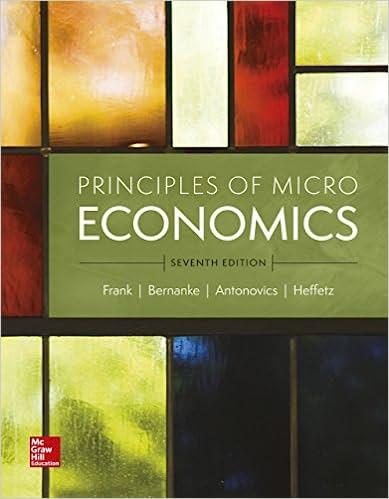Question
1.What is Plato's theory of the structure of matter, as it is developed in the Timaeus? Compare Plato's theory with the theories of Empedocles and
1.What is Plato's theory of the structure of matter, as it is developed in the Timaeus? Compare Plato's theory with the theories of Empedocles and Democritus, stressing points of agreement as well as points of disagreement.
2. What is Plato's theory of the structure of the four elements, as it is developed in the Timaeus (53-58)? Compare Plato's theory with the theories of Empedocles and Democritus, stressing points of agreement as well as points of disagreement.
3. Compare Plato's theory of the four elements, as it is developed in the Timaeus (53-58), with what Aristotle says about matter in the Physics and in On Coming-to-be and Ceasing-to-be. Give as much detail as you can about their theories.
4. In the Categories (2a34-2 b7), Aristotle argues that if primary substances did not exist, nothing else would exist. What is his argument? (Be sure to explain any technical Aristotelian notions you employ in your elucidation of the argument.) How does the ontology of Aristotle's Categories compare with the ontology of Plato's theory of Forms?
1. Explain Aristotle's account of change in Physics I, 5-9 (esp. Ch. 7). Why, according to Aristotle, must there be three basic "elements" in any case of change? 2. Explain Aristotle's account of change in Physics I, 5-9 (esp. Ch. 7). What difficulties does this account pose for the ontology that Aristotle presented in the Categories?
3. Explain Aristotle's account of change in Physics I, 7-8 and On Coming-to-be and Ceasing-to-be I, 3-4. How does Aristotle deal with Parmenides' claim that "coming into being" is impossible?
4. Parmenides claims that there is no coming-to-be either (a) from "what is not" or (b) from "what is." Aristotle replies that in one sense both of these claims are correct, but in another sense they are both incorrect. Explain what Aristotle means by this, with reference to his account of change and coming-into-being in Physics I, 7-8 and On Coming-to-be and Ceasing-to-be I, 3-4.
5. Aristotle says (a) "there is a science that studies being in so far as it is being" (1003a21). But he also insists (b) "being is spoken of in many ways" (1003a34, 1028a10). (b) seems to mean that 'being' is ambiguous, but if so there does not seem to be any one thing for the science mentioned in (a) to study. So (a) and (b) seem to be inconsistent. How does Aristotle manage to consistently maintain both (a) and (b)?
6. What differences are there between what Aristotle has to say about substances in the Categories and what he (later) says about substances in the Metaphysics? How do you account for these differences.
7. Compare Aristotle's doctrine of primary substance in the Categories with what he says about primary substance in the Metaphysics (cf. esp. 1031a15-18, 1037a5-1037b8, and 1041a6-1041b32). Discuss whatever similarities and differences you find in the two treatments.
8. The concept of matter, which did not appear in the Categories, plays an important role in Aristotle's Physics and Metaphysics. What is that role? What difficulties does the concept of matter raise for the doctrine of primary substance that Aristotle presented in the Categories? What does the Metaphysics tell us about primary substance?
9. Explain Aristotle's doctrine (Phys. II, 3) of the four causes (aitia). How might Aristotle reply to Plato's claim (Phaedo 100c-d) that the Form of Beauty is the sole cause (aition) of anything's being beautiful?
10. Explain Aristotle's doctrine (Phys. II) of the four causes (aitia). Explain why Aristotle thinks that natural objects, as well as artifacts, have final causes. Critically discuss his position on this point
Step by Step Solution
There are 3 Steps involved in it
Step: 1

Get Instant Access to Expert-Tailored Solutions
See step-by-step solutions with expert insights and AI powered tools for academic success
Step: 2

Step: 3

Ace Your Homework with AI
Get the answers you need in no time with our AI-driven, step-by-step assistance
Get Started


